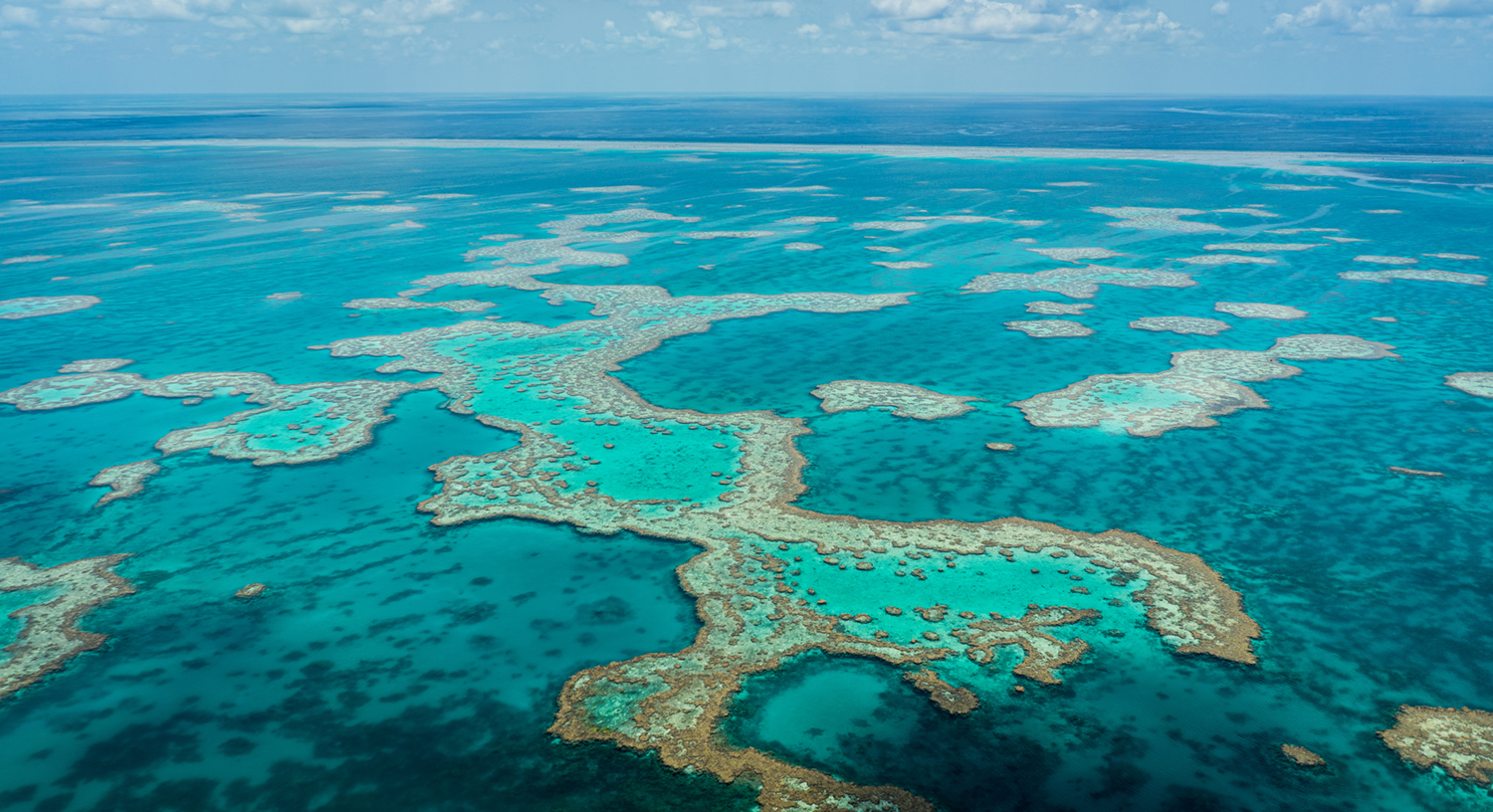Hope Spots
Hope Spots are special places that are critical to the health of the ocean — Earth’s blue heart. They recognize, empower, and support individuals and communities around the world in their efforts to protect the ocean. Dr. Sylvia Earle introduced the concept as part of Mission Blue in her 2009 TED talk and since then the idea has inspired millions across the planet.
Deep HOPE has chosen to focus exploration in these regions because so little data exists about them.

Priority Missions
A mission is considered Priority when the location is extremely difficult to travel and transport to/from, and therefore has rarely (if ever) been explored by human beings. These Hope Spots are especially crucial to study because so little data exists about them, and they could require protection.
Donate
Get Involved!
Want to join a mission? We'd love to have you participate and get involved with Deep Hope. Missions take place year round and usually require coordination and anticipation. The best way to be considered for a mission is to get in touch with us so we can discuss where you can fit in.
Donate












